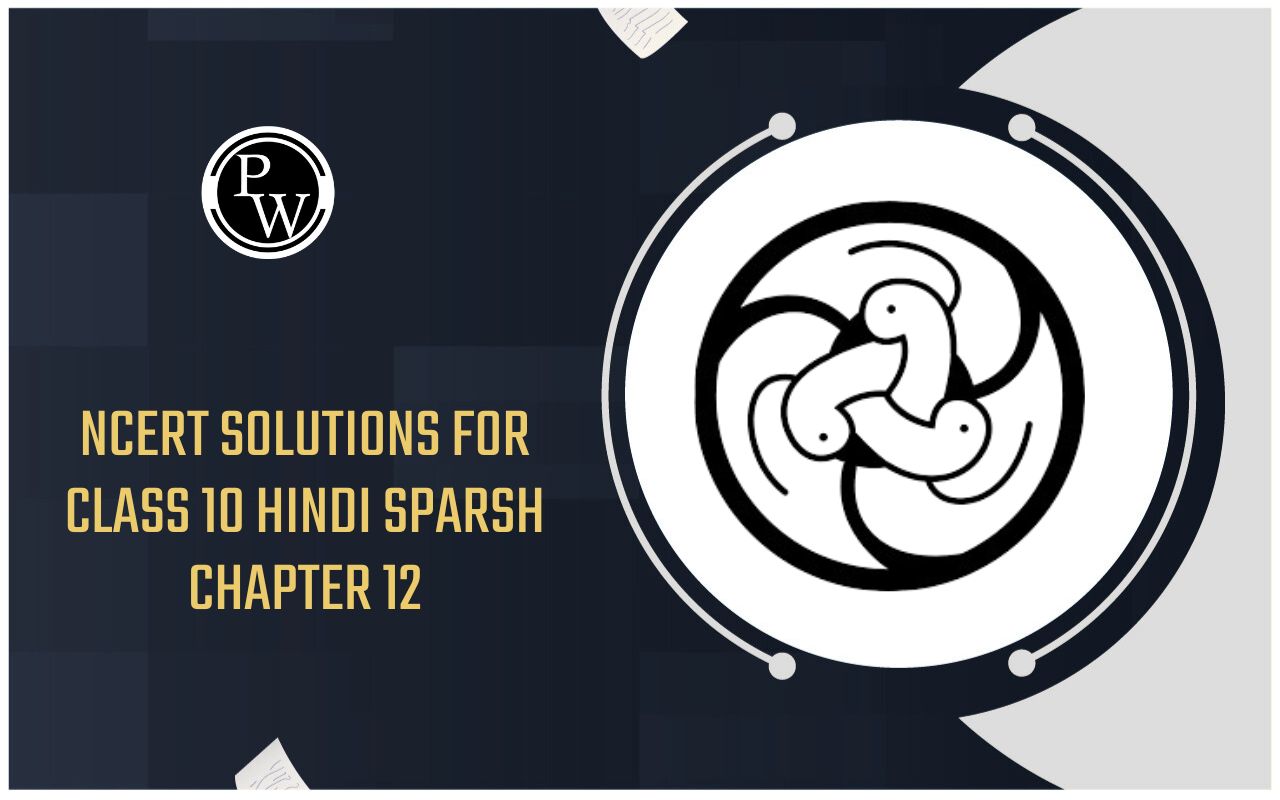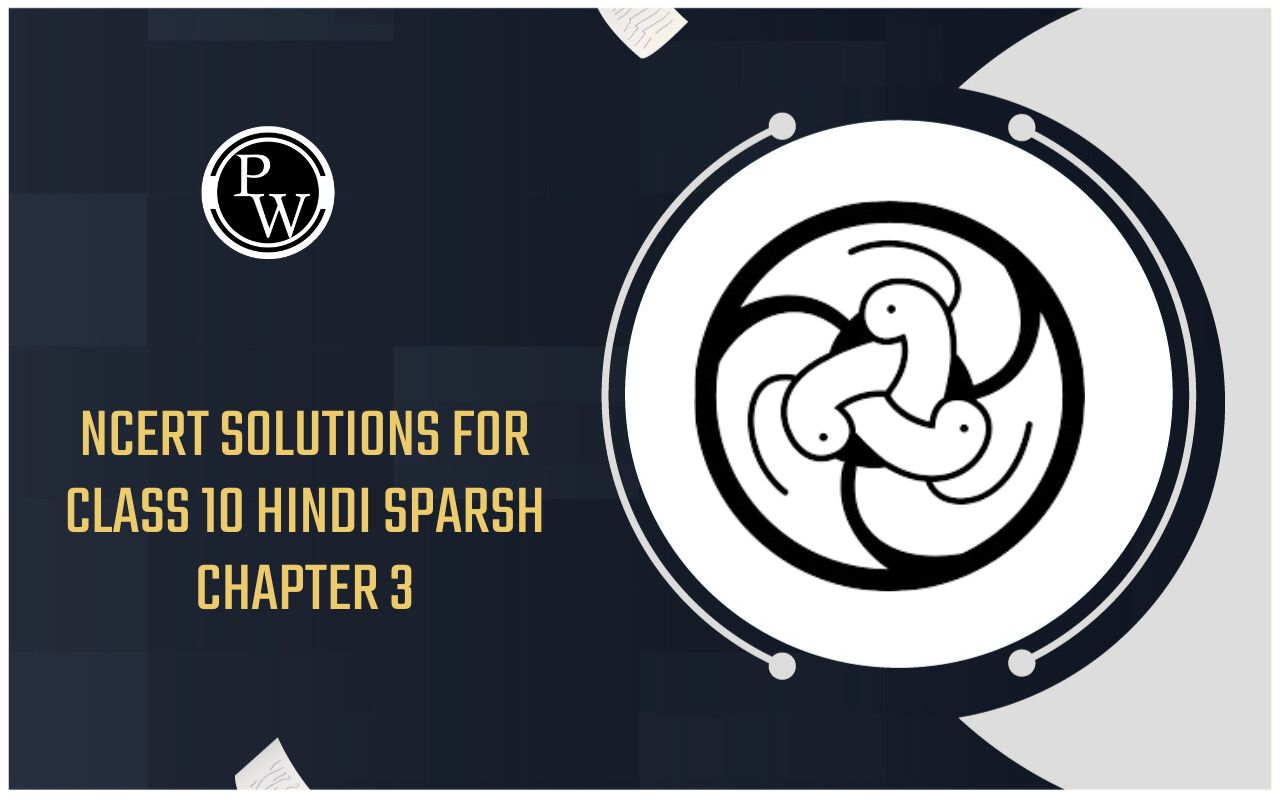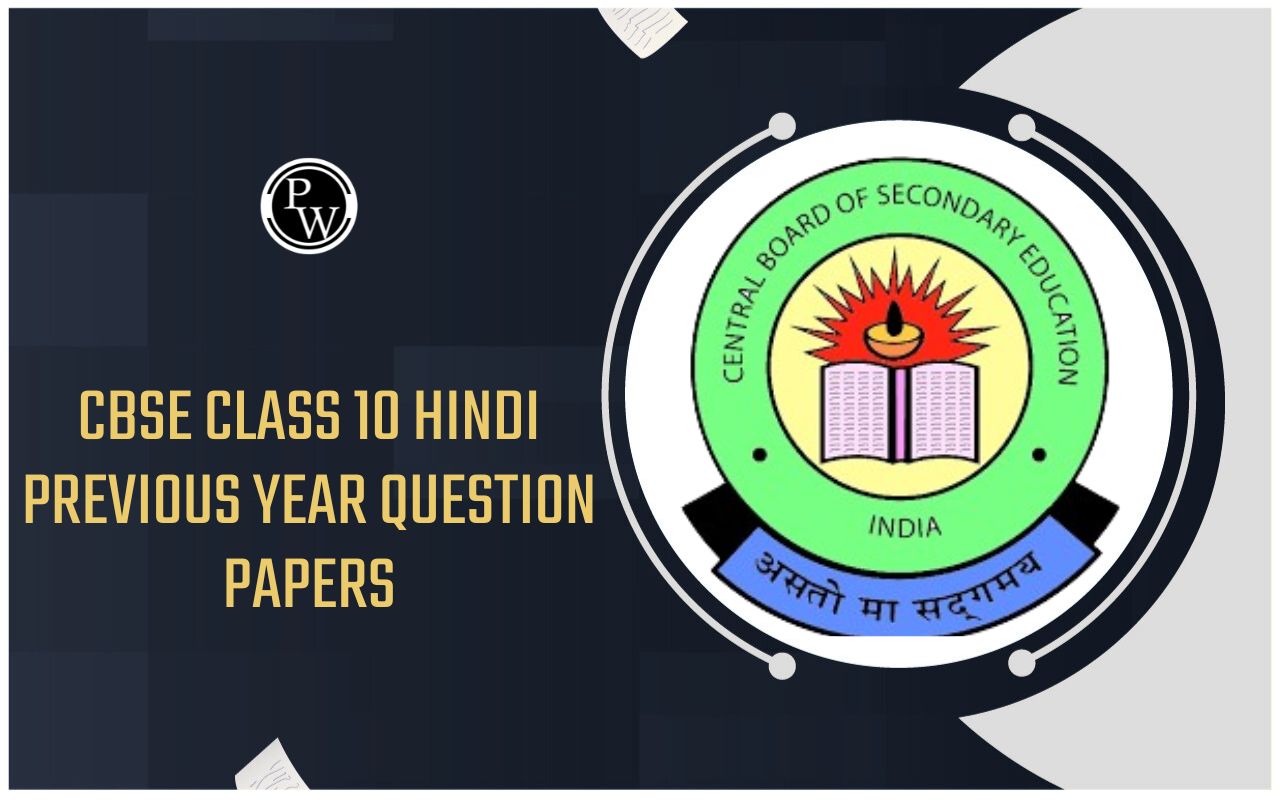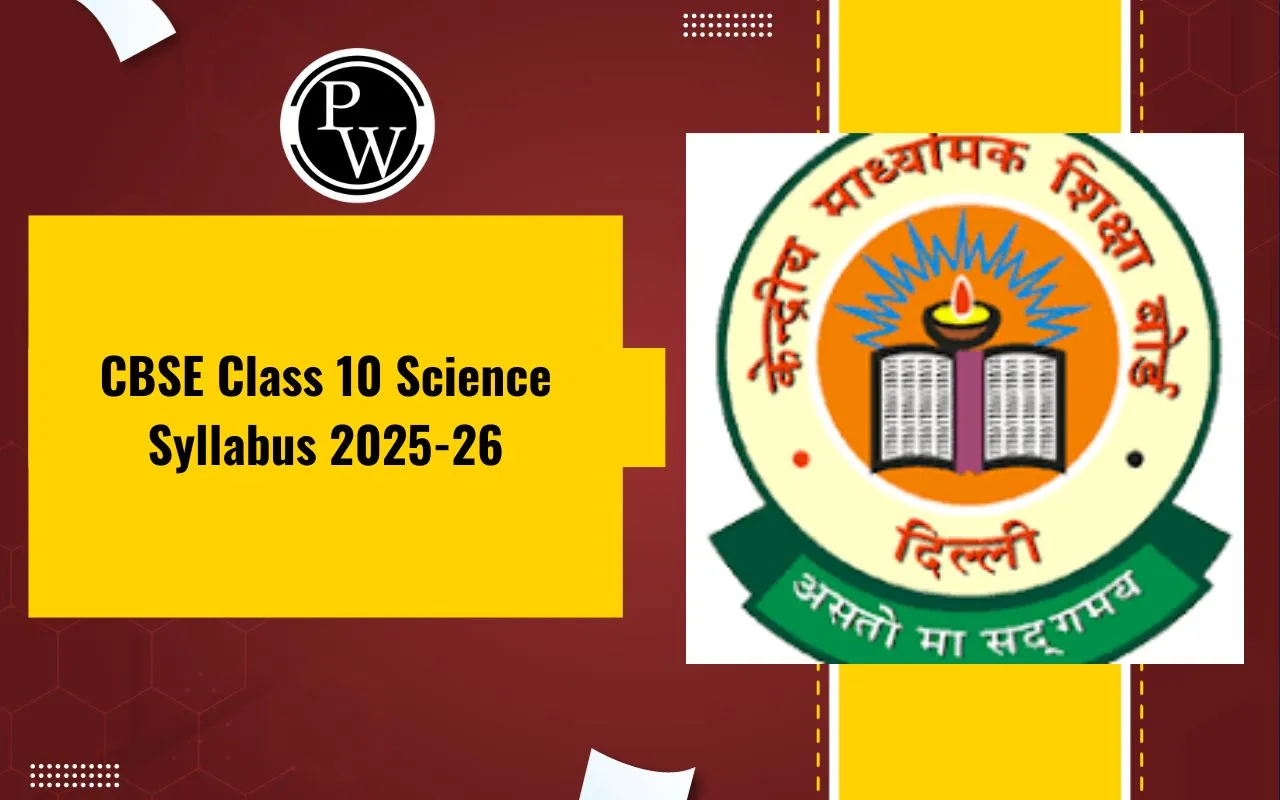
NCERT Solutions for Class 10 Social Science History Chapter 3: Students will get great benefits from the NCERT Solutions for Class 10 History Chapter 3, as they provide clear explanations of the ideas. Every chapter is covered in such a way that even students with mediocre learning abilities may understand it and do exceptionally well on tests.
It would be very beneficial since it contains correct resources that follow the CBSE curriculum and are updated by the NCERT's evolving standards.CBSE Class 10 Syllabus 2024-25
NCERT Solutions for Class 10 Social Science History Chapter 3 Overview
In this chapter students will learn about the idea of Indian nationalism developed throughout the country's struggle for independence from British domination. Territorial nationalism, such as Indian nationalism, embraces all Indians regardless of their varied cultural, linguistic, and religious heritage.NCERT Solutions for Class 10 Social Science History Chapter 3 PDF
Here we have provided NCERT Solutions for Class 10 Social Science History Chapter 3 for the ease of students so that using these links they can easily practice Chapter 3. These NCERT solutions will help you a lot before your examinations.NCERT Solutions for Class 10 Social Science History Chapter 3 PDF
NCERT Solutions for Class 10 Social Science History Chapter 3
(a) Why Growth of Nationalism in the Colonies is Linked to An Anti-Colonial Movement.
Ans: Colonisation weakened people's sense of freedom, and the fight against imperial domination strengthened nationalist sentiments. Due to the collective sense of oppression and exploitation, people from all walks of life came together, giving rise to nationalist ideologies. Anti-colonial movements therefore coincide with the growth of nationalism in the colonies.
NCERT Solutions for Class 10 Social Science History Chapter 1
(b) How The First World War Helped in The Growth of The National Movement in India.
Ans. In India's rural areas, the British army utilized forced recruitment during World War I. To pay for the defense budget, high-income taxes, and customs levies were imposed. Furthermore, during 1918 and 1920, crops failed in several Indian states, leading to acute food shortages.
All of this led to a generalized protest against British colonial rule and a renewed sense of determination in the Indian national movement.
(c) Why Indians Were Outraged by The Rowlatt Act.
Ans. The Rowlatt Act permitted suspects to be detained without charge and the trial of some political crimes without juries. The Imperial Legislative Council hurriedly passed the Rowlatt Act despite objections from Indian members.
It gave the government the right to repress political activity and the capacity to keep political prisoners for two years without accusation or trial. Indians were angered by this behaviour because it violated their sense of national dignity and was harsh and undemocratic.
NCERT Solutions for Class 10 Social Science History Chapter 2
(d) Why Gandhiji Decided to Withdraw from the Non-Cooperation Movement.
Ans. Gandhiji decided to end the Non-Cooperation Movement as a result of numerous instances of public violence, especially the Chauri Chaura episode in 1922, where protesters fought the police and set a police station on fire.
Gandhiji thought that satyagrahis needed to be properly taught in peaceful protests since the people were not yet ready for a mass revolt.
2. What is Meant by The Idea of Satyagraha?
Ans: The literal definition of satyagraha is "holding strongly to" or "truth" plus "insistence" or "holding firmly to." One form of nonviolent civil disobedience is satyagraha. The new tactic of mobilising the masses was satyagraha. The Satyagraha idea highlights the value of truth and the need to pursue it.
It meant that opposing the oppressor did not involve using physical force if the cause was just and the struggle was for justice. It indicated that if the cause was right and the fight was for justice, then resisting the oppressor did not require using physical force.
3. Write a Newspaper Report on:
(a) The Jallianwala Bagh Massacre
On April 13, 1919, a sizable crowd gathered in the walled grounds of Jallianwala Bagh, some to attend the traditional Baisakhi Fair and others to protest the harsh tactics of the British administration. These citizens were ignorant that the city had instituted Marshal Law.
The commander, General Dyer, blocked the exits from Bagh and opened fire on the occupants. Scaring satyagrahis was Dyer's plan to achieve a "moral effect." The British soldiers' indiscriminate firing resulted in hundreds of innocent bystanders being killed or injured, inciting public indignation. The deadliest disaster in Indian history was the Jallianwala Bagh incident.
(b) The Simon Commission
A commission was established by the British government to examine the Government of India Act of 1919. The commission's objectives were to examine the operation of the act and offer suggestions for additional administrative system improvements.
Consequently, the chairman of the inquiry, Sir John Simon, was named after the commission. However, the lack of an Indian member in the Commission was a point of contention for Indian nationalists. Consequently, the Simon Commission was met with the cry "Go Back" upon its arrival in India in 1928. Representatives from the Muslim League and the Congress, among other parties, attended the debate.
4. Discuss the Salt March to Make Clear Why it Was an Effective Symbol of Resistance Against Colonialism.
Since the Salt March was organised against a commodity that was used by both the rich and the poor, it became a potent symbol of anti-colonial resistance. The government's monopoly on salt production and the accompanying salt tax were oppressive administrative policies. Gandhiji met a lot of common people during the Salt March and imparted to them the genuine meaning of swaraj and nonviolence, which is another reason why the march was successful.
Gandhiji gave the country a model for peacefully resisting tyrants without using force when he produced salt in defiance of official instructions. This led to the birth of the Civil Disobedience Movement in 1930.
4. Why did political leaders differ sharply over the question of separate electorates?
Political leaders sparred bitterly over the issue of diverse electorates due to differences in opinion. While some advocates for minorities and Dalits thought that their only chance to overcome societal disadvantages was through political empowerment, others, like Gandhiji, worried that their integration into society would be hampered by distinct electorates.
It was also expected that with different electorates for each group or class, the system would eventually cause divisions in the nation.
Benefits of NCERT Solutions for Class 10 Social Science History Chapter 3
Additionally, the students can use these solutions as a CBSE, Class 10 Social Science Contemporary India – II to determine which chapters they need to study more of and to gauge their level of preparation. This implies that they can assess their progress using the solutions as a tool for evaluation. Students can better formulate their exam answers by using the answers found in these solutions. They will improve their ability to formulate accurate responses and receive higher exam scores.
NCERT Solutions for Class 10 Social Science History Chapter 3 FAQs
Is Class 10 history hard?
What is El Dorado Class 10?
What is globalisation Class 10?










